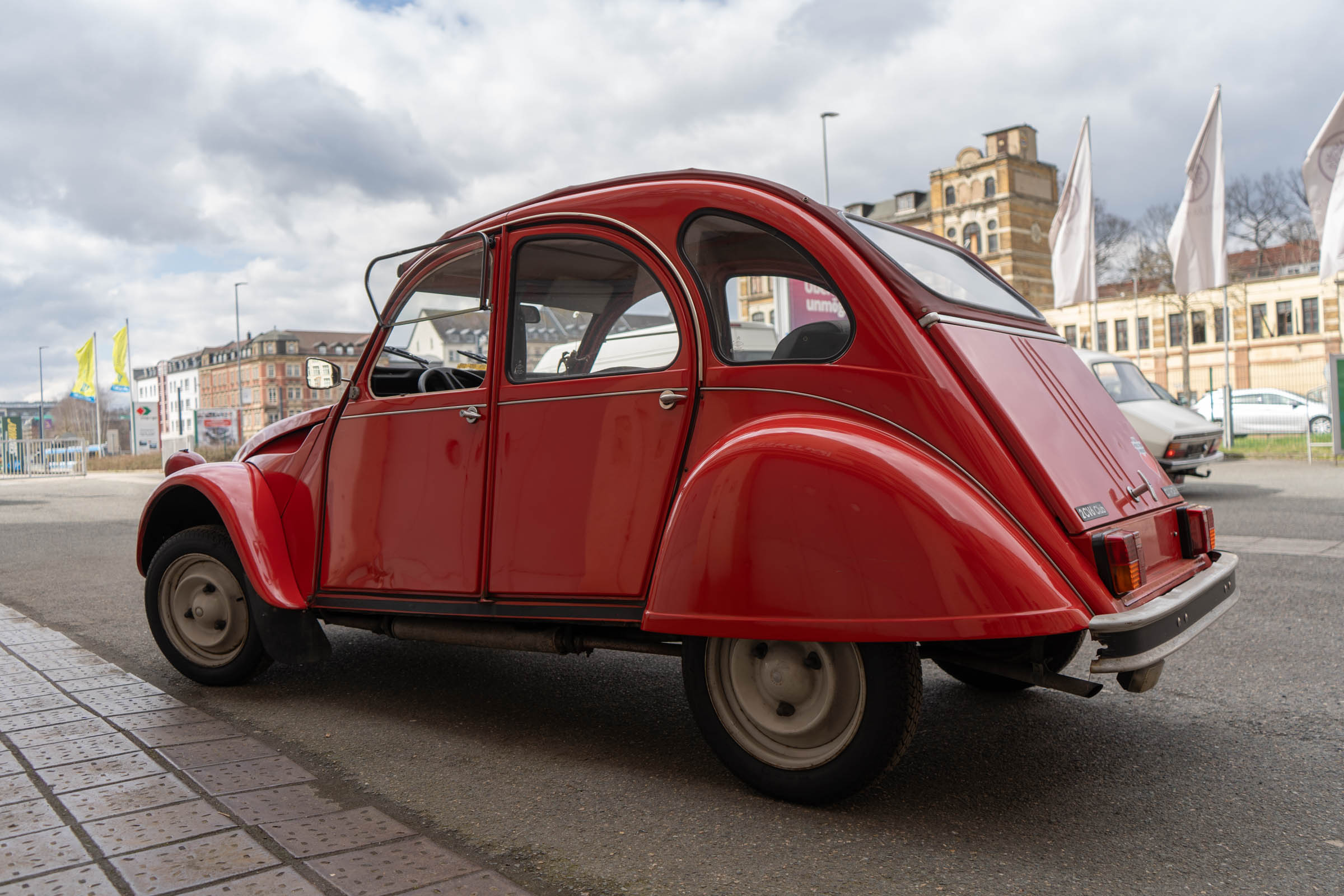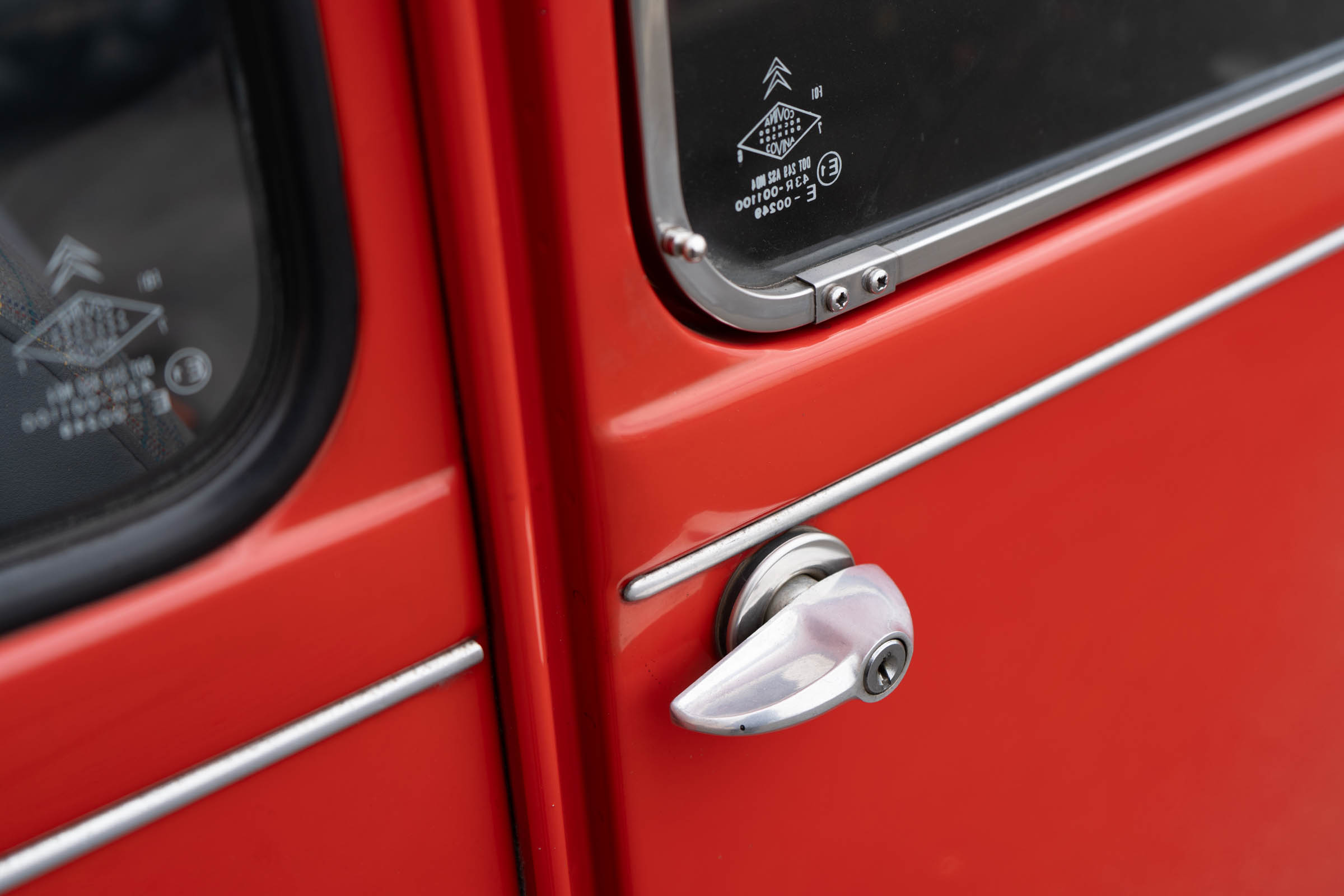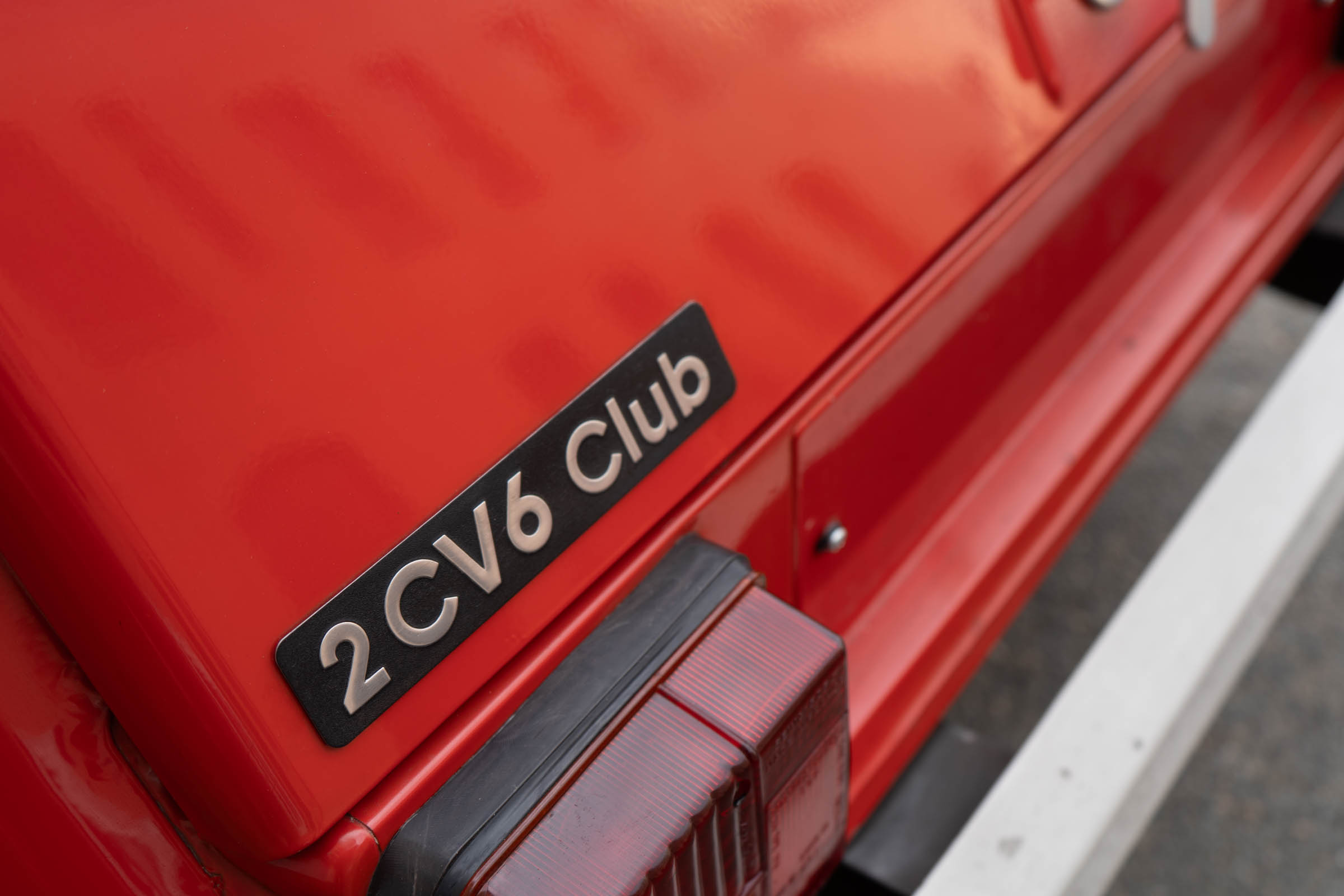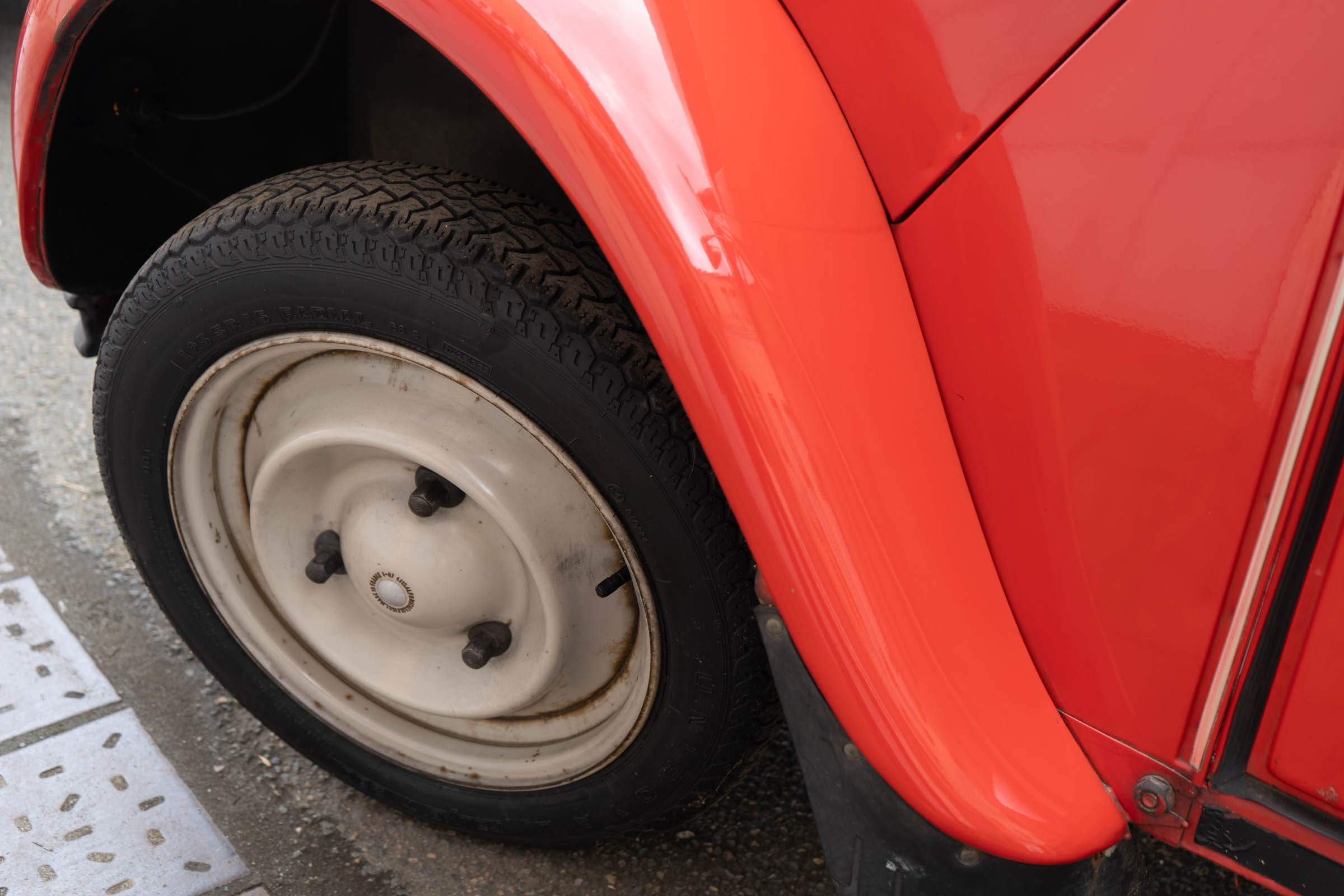Exponat im Rahmen der Sonderausstellung »Was Europa bewegte – von Fahrrad bis Automobil«
Bereits vor dem zweiten Weltkrieg begann der französische Autobauer Citroen mit der Entwicklung eines modernen Kleinwagens. Die Anforderungen für die Konstrukteure waren durchaus anspruchsvoll. Kriegsbedingt wurde der fertige Wagen, seiner Steuerformel nach 2CV genannt, erst 1948 der Öffentlichkeit vorgestellt. Von der Fachwelt anfangs belächelt, stellten sich bald die unübersehbaren Qualitäten des kleinen Franzosen heraus. Denn er war simpel, aber robust, einfach zu bedienen und zu reparieren und fuhr sich dennoch recht komfortabel. So wurde dieses kurios aussehende Automobil zu Recht ein Welterfolg, der sich über 40 Jahre in Produktion befand. Noch heute haben die in Deutschland „Ente“ getauften Autos einen festen Freundeskreis.
Already before the Second World War the French car manufacturer Citroen began developing a modern small car. The demands placed on the designers were quite ambitious. The car, called 2CV after its tax formula, was not presented to the public until 1948 due to the war. Initially ridiculed by experts the little French car’s obvious qualities soon became apparent. It was simple but robust, easy to operate and repair and quite comfortable to drive. This strange-looking car was a global success – quite rightly so – and remained in production for over 40 years. Still today these cars, called „Duck“ in Germany, have a loyal circle of friends.
Frankreich
Technische Daten | Technical data
Baujahr 1982
Zweizylinder-Viertaktmotor
Hubraum 602 cm³
Leistung 28 PS
Year of manufacture 1982
Two-cylinder four-stroke engine
Engine displacement 602 cm³
Power 28 hp








